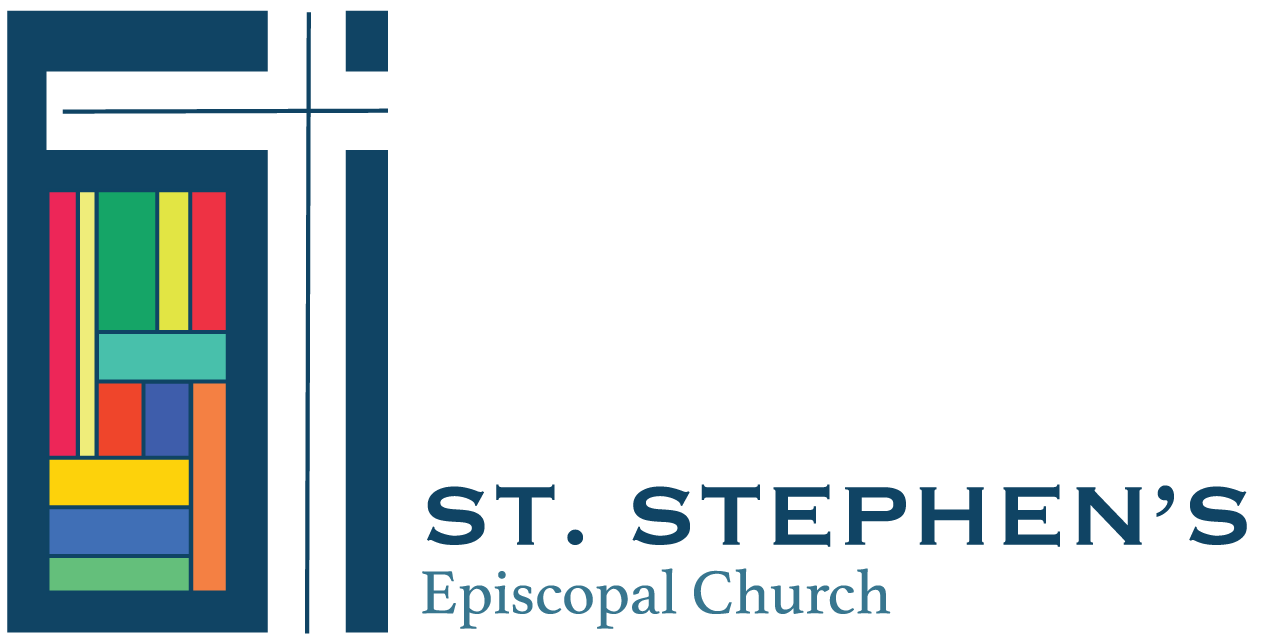Temples Everywhere
Readings for March 4, 2024: Reflecting on the Third Sunday in Lent
By Dr. Jeremy Godwin
I didn’t set out to make these devotions a sort of series within a larger set, but as I was reading the lessons for today, I couldn’t stop thinking of Mary Oliver’s poem, “Where Does the Temple Begin, Where Does It End?” So I’ve decided that each of my devotions this time will be pairing a poem (by women poets) with the reading(s) for the day. You can read the first one that paired Madeleine L’Engle with Daniel here.
Now back to today’s readings (and Mary Oliver’s poem).
The texts from 1 Kings and 1 Corinthians—together with the John reading from this past Sunday—give us a series of reflections on the idea of Temple. At the foundation, is the description of the temple that Solomon built, which is quite clearly identified as “the house of the Lord.” In John, Jesus drives the money changers (and the animals) out of the Second Temple, and then refers to his own body as the temple. Then, in 1 Corinthians, Paul speaks of our bodies as God’s temple, the place where the Spirit dwells. Finally, if we add Mary Oliver’s poem to the mix, she expands the idea of temple even further, to include the natural world. It seems that what all these perspectives have in common is the idea of temple being the place (broadly conceived) where God is found.
Lent is often described as a journey—a journey toward the cross, toward Easter. And even in my earlier reflection, I wrote about repentance and the idea of starting down a new path back toward God. It’s a pervasive image. But what I love about these readings is that they invite us to consider the closeness of God. It’s an idea at the heart of our faith. God is present in Creation and in humanity, a part of that Creation made in God’s image. Then God comes and takes on flesh and dwells among us. And God sends God’s spirit to us, to dwell within us. It doesn’t get much closer than that. As Oliver says, “Everything in the world comes. At least, closer. And, cordially.”
So, what are we to make of this? How do we hold together this idea of journeying toward God with the idea that God is already very much here, within us and all around us? How do we live into that tension? If you’re hoping that here I’m going to give you an answer, you’re going to be sorely disappointed. For one, that tension is at the heart of one of theology’s oldest questions. The answer, like Oliver suggests, is something that might never be reached. But really, I’d like you to consider it for yourself. Think of a time when you felt closest to God. Then, think of a time when you felt farthest away from God. Maybe write about them or meditate on them. Both of these experiences are real, are true to you. What if you tried to put them together, to let them talk to one another, to reveal what God’s presence feels like for you, to reveal what God’s absence feels like for you? Where does the temple begin? Where does it end?

